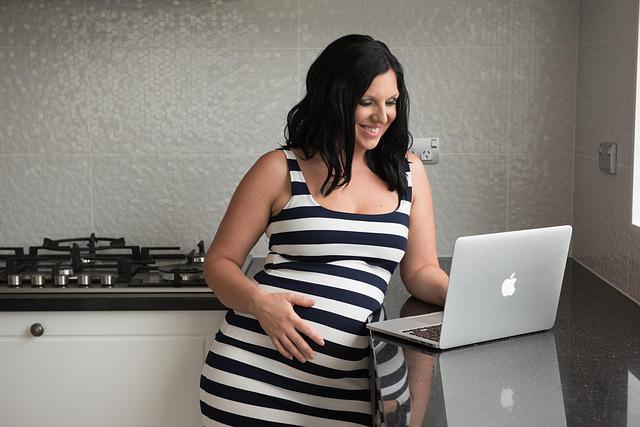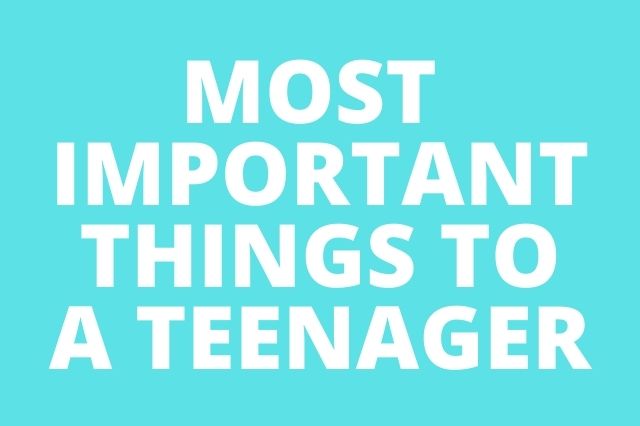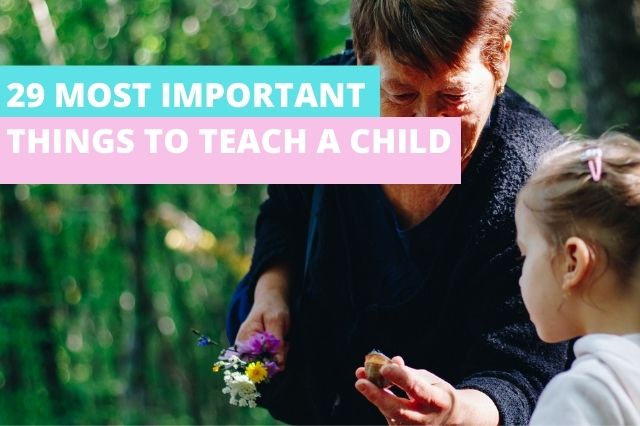You have a newborn and you are already experiencing the joys of parenting. You love your baby, but there are times when she cries for no reason at all. You know that crying is healthy and is how babies communicate, but it can be so frustrating not knowing what to do when your baby cries for no reason.
Crying is a normal way for babies to communicate, and it’s usually a baby’s way of telling you he needs something. Here are some common reasons why babies cry:
Needs to sleep
Baby might be tired but unable to settle down for a nap or night’s sleep because he’s overstimulated by light, noise, or activity in the house. Try turning down the lights, turning off the television and other electronics, and creating a calm atmosphere to help the baby fall asleep.
She’s tired of being in one position
If she’s been lying on her back for a while, try changing positions by cradling her in your arms or carrying her around in a sling or carrier.
Hunger
Babies need to eat every few hours. If it’s been more than three hours since your baby ate, she may be ready for a full-fledged meal instead of just a snack.
If you’re breastfeeding, feed on demand — whenever your baby is hungry. If you’re formula feeding, follow the directions on the label or from your doctor about how much and how often to feed your baby.
The baby wants to be held or touched
Some babies love being held and cuddled, while others seem to prefer their own space. To find out which type of baby you have, try picking up and holding yours whenever she cries and sees if this helps her stop crying.
If it does, hold her close until she stops crying and then put her down again. After a few days, you should have a better idea of whether being held makes your baby happy or not.
Thermal discomfort (too hot, too cold)
This is one of the first things you should check when your baby cries. Feel her hands and feet and make sure she isn’t overheated or chilled. If she feels cold, put on a footed sleeper or socks (if she’s wearing a T-shirt and pants).
If she’s hot, remove a layer. A sleepy baby may not wake up enough to fuss if you adjust her clothing, but if she does wake up completely, try swaddling her again.
Colic
Babies are usually colicky between the ages of 2 weeks and 4 months old. Colic is defined as uncontrollable crying for more than 3 hours a day, 3 days a week for more than 3 weeks at a time.
Talk to your pediatrician about other safe ways to comfort a colicky baby.
The baby needs a diaper change. Some babies hate wet diapers and will tell you about it as soon as they become uncomfortable — usually long before the diaper is actually sopping wet. When this happens, change your baby’s diaper as soon as possible.
Tiredness
It can be hard to tell when babies are tired because they don’t yawn as grown-ups do. But a tired baby will often rub her eyes, turn her head away from you and become fussy.
Teething pain. Babies typically start teething at about 6 months, but it can begin earlier for some infants. You might see drooling or biting as signs of teething pain in your child.
Sickness
Is your child’s nose running? Does she sound congested? Is he coughing? Your baby may be sick and need medical attention if she cries longer than usual and has other symptoms like fever or diarrhea.
Overstimulation
This is a common reason for newborns to cry, especially during the evening hours. Try dimming the lights and turning off the TV or radio to calm him down.
RELATED: How to Calm a Crying Baby in 5 Seconds
Dealing with a Crying Baby
Swaddle your baby snugly in a blanket
The warmth and gentle pressure of swaddling may help soothe your baby. Some studies have shown that swaddling can help babies sleep longer.
Hold your baby
Your touch can be very comforting to your baby. Try skin-to-skin contact if you’re comfortable with it. It can help calm your baby and you also. If you’re breastfeeding, hold her against your chest while you feed her. If you bottle-feed, cradle her in one arm while you support the bottle with the other hand.
Offer a pacifier
Sucking on a pacifier may calm your infant by imitating the sucking she does when feeding. Pacifiers are also thought to prevent sudden infant death syndrome (Sudden Infant Death Syndrome).
Soothing sounds
A bit like adults, babies are comforted by hearing the sound of someone’s voice. If nothing else seems to work, try singing softly or talking gently to your baby.
Swaddling
Babies love being closely wrapped in blankets – it reminds them of being inside the womb and they often settle down much more quickly. Once your baby is swaddled, you can hold her close to your chest and rock her gently until she stops crying.
Conclusion
If a baby is crying and you are also frustrated, try to find out the reason for his crying. Crying may be for hunger or colic or due to some other cause. And once you know the reason, then you can think of some effective ways to make him feel better.





